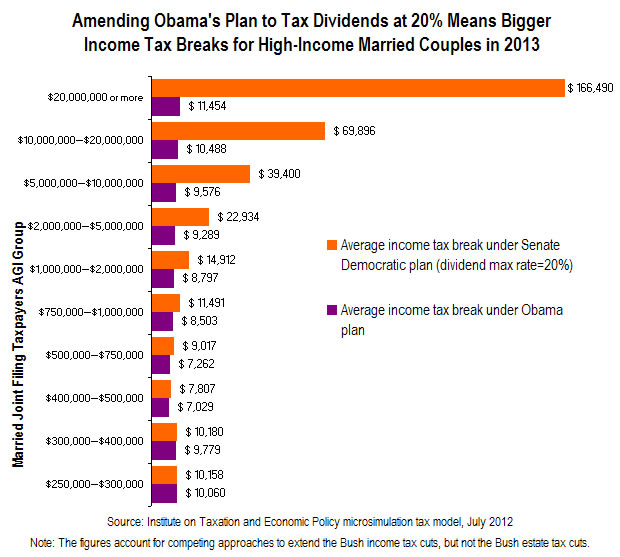At a hearing before the  House Ways and Mean Committee today, witnesses from Corning, Inc. and 3M called for a “territorial” tax system, which would exempt offshore corporate profits from U.S. taxes, and which is part of Mitt Romney’s tax plan. Both companies said that their ability to compete internationally is harmed by the current system, in which U.S. corporations pay U.S. taxes on foreign profits when they bring them back to the U.S. (U.S. taxes minus a credit for whatever they already paid in foreign taxes).
House Ways and Mean Committee today, witnesses from Corning, Inc. and 3M called for a “territorial” tax system, which would exempt offshore corporate profits from U.S. taxes, and which is part of Mitt Romney’s tax plan. Both companies said that their ability to compete internationally is harmed by the current system, in which U.S. corporations pay U.S. taxes on foreign profits when they bring them back to the U.S. (U.S. taxes minus a credit for whatever they already paid in foreign taxes).
As we explain in another post, our 2011 corporate tax study found that both of these companies actually pay higher effective tax rates in the other countries where they do business than they pay in the U.S., raising the question of how our tax system could be making them less able to compete.
Our 2011 study examined most of the Fortune 500 corporations that had been profitable for three years straight and found that two thirds of those corporations with significant foreign profits paid higher taxes to the foreign governments than they paid to the U.S. on their domestic profits.
Despite the U.S. having a relatively high statutory corporate tax rate, the effective U.S. corporate tax rate (the percentage of profits that U.S. corporations actually pay in income taxes) is clearly lower than that of most other countries (not counting tax havens, where companies don’t do any real business).
A refreshing dose of honesty was provided by the witness from Ford Motor Company, who said Ford’s offshore operations are, in fact, in “high-tax” countries and that Ford has no position on whether or not we should adopt a territorial system.
As we explain in a fact sheet and in a more detailed report, adopting a territorial system would mainly increase the incentives to shift operations (and jobs) to a handful of countries that really do have low corporate tax rates, or to simply disguise their U.S. profits as “foreign” profits generated in countries with low (or no) corporate taxes.
As we also explain in our report, the expansion of U.S. corporations’ operations in foreign countries may not be in the interest of U.S. workers.
In some situations those offshore operations may be substitutes for U.S. operations, meaning U.S. jobs are shipped offshore. In other situations those offshore operations may compliment U.S. operations, meaning U.S. jobs are created, particularly in corporate headquarters and research facilities, to support the offshore operations. Data from recent years shows that the former effect is more pronounced than the latter.
But either way, America does not need a tax system that favors offshore operations over U.S. operations — which is exactly what a territorial system would do.
We’re not alone in this view. Last year, several small business associations, labor unions, and good government groups joined a letter opposing a territorial system. And today, the New York Times editorialized that the “corporate tax system needs reform, to raise more revenue, more fairly. The territorial tax system does not meet those criteria.”







 This new finding from a polling organization with an impeccable record contradicts a recent McClatchy-Marist
This new finding from a polling organization with an impeccable record contradicts a recent McClatchy-Marist 